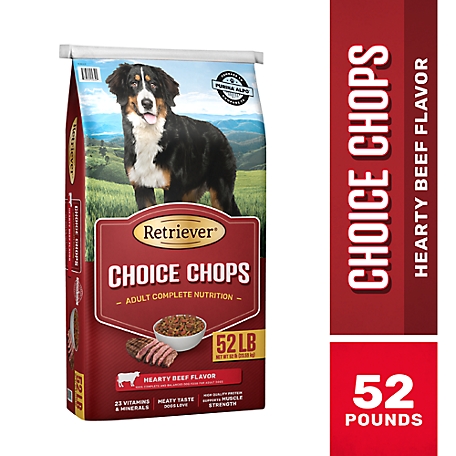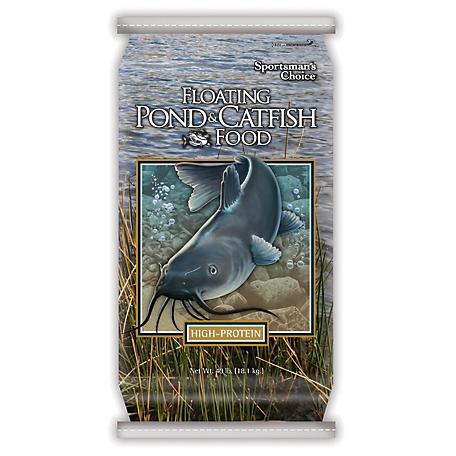Pedigree Complete Nutrition Adult Grilled Steak and Vegetable Flavor Dry Dog Food
Give your dog the food they crave with the Pedigree Complete Nutrition Adult Dry Dog Food Grilled Steak & Vegetable Flavor Dog Kibble. This grilled steak and vegetable dog food recipe helps maintain a healthy lifestyle with antioxidants, vitamins, and minerals, in the delicious steak flavor dogs love. The crunchy kibble helps clean teeth over time. Pedigree Complete Nutrition adult dry dog food is made with no high fructose corn syrup, no artificial flavors, and no added sugar.
Give your dog the food they crave with the Pedigree Complete Nutrition Adult Dry Dog Food Grilled Steak & Vegetable Flavor Dog Kibble. This grilled steak and vegetable dog food recipe helps maintain a healthy lifestyle with antioxidants, vitamins, and minerals, in the delicious steak flavor dogs love. The crunchy kibble helps clean teeth over time. Pedigree Complete Nutrition adult dry dog food is made with no high fructose corn syrup, no artificial flavors, and no added sugar.
- Contains one (1) bag of Pedigree Complete Nutrition adult dry dog food grilled steak & vegetable flavor dog kibble
- This grilled steak and vegetable dog food recipe helps maintain a healthy lifestyle with antioxidants, vitamins, and minerals, in the delicious steak flavor dogs love
- Provides whole grains and helps support healthy digestion
- Delivers complete and balanced nutrition enriched with omega-6 fatty acids to help nourish your dog’s skin and coat
- Made in the USA with the world’s finest ingredients
- Pedigree Complete Nutrition adult dry dog food is made with no high fructose corn syrup, no artificial flavors, and no added sugar
- Crunchy kibble helps clean teeth over time
- Dogs bring out the good in us. Pedigree brings out the good in them. Feed the good.
Additional information
| Country of Origin | Made in USA |
|---|---|
| Breed Size | Small, Medium, Large |
| Flavor | Beef and Vegetables |
| Health Features | Skin & Coat Health |
| Life Stage | Adult |
| Primary Flavor | Vegetables, Beef |
| Special Diets | AAFCO Formulated |
| Manufacturer Part Number | 10249509 |










by Monica
My dogs love this dog food and it’s a nice size at tractor supply
by Peter
I have three dogs. They will all eat Pedigree.
by Cristina
My dog love this food and it even works for my older dog with a more sensitive stomach.
by Simon
My dogs really enjoy every bite. They are picky about the food. The food is also reasonably priced, which I need with my budget.
by Janice
Great quality product at an affordable price.